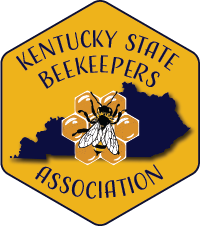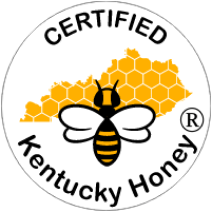kentucky State beekeepers association |
Diseases and PestsEarly detection and proper identification of honey bee diseases and pests is critical to keeping healthy, productive bees. Below are resources to help avoid, identify and address common honey bee diseases and pests. |
A Quick Reference Guide to Honey Bee Parasites, Pests, Predators, and Diseases by Penn State Extension Disease Management and Guidelines for the Honey Bee by North Carolina State Extension The BeeMD - A diagnostic application for honey bee health problem identification Kentucky State Apiarist – Identifies and eradicates infectious diseases Honey Bee Health Coalition Guide to Varroa Management - Videos, management guide and decision tool North American Mite A-Thon by the Pollinator Partnership Honey Bee Health Coalition – Agricultural stakeholders working together to improve bee health Bee Disease Diagnosis Service – USDA Bee Research Lab - Diagnoses bee diseases at no charge Bee Informed Partnership – Collaboration of leading research labs and universities to better understand honey bee declines |
Frequently Asked Questions about Diseases and Pests |
Is the spotted lanternfly coming to Kentucky?
Is this a Northern Giant Hornet (formerly the Asian Giant Hornet)?
What should I do if I think pesticides killed my bees?
Where can I send samples to test for honey bee diseases?
Are there any cautions for using used equipment?
|




